
In late 2000 Toshiba unveiled laptops with fingerprint readers, which allowed us to securely unlock their machine with a contact of a finger, as a substitute of having to memorize advanced passwords.
The primary telephones with a fingerprint reader on board appeared on the identical time. We expect that the very first was a Sagem MC 959 ID, though apparently Siemens had a working prototype as early as 1998.
 Probably the primary telephone with a fingerprint reader, the Sagem MC 959 ID (picture credit score)
Probably the primary telephone with a fingerprint reader, the Sagem MC 959 ID (picture credit score)
This was rapidly adopted by some PDAs because it was seen as a characteristic for enterprise devices – why else would you want the additional safety? From then on, fingerprint readers on mobile devices caught round, however had been nonetheless a rarity. That endured till Apple propelled them into the mainstream.
 Contact ID arrived with the iPhone 5s
Contact ID arrived with the iPhone 5s
The iPhone 5s was unveiled in 2013 with a brand new characteristic known as “Contact ID”. It was a fingerprint reader tucked into the House button that also resided on the bezel beneath the show. Early on, the reader was used as a sooner various to the passcode unlock. A brand new use-case appeared a yr later with the iPhone 6 and 6 Plus, which launched Apple Pay.
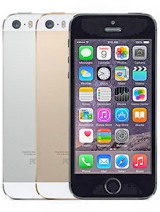
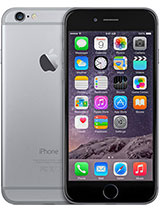
Apple iPhone 5s • Apple iPhone 6
Apple would introduce a sooner 2nd technology Contact ID with the iPhone 6s collection. Contact ID remains to be in use, with two new devices in 2022 – the iPhone SE (third gen) and the newest iPad Air – however it’s now not Apple’s most well-liked authentication technique.
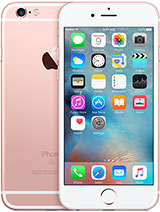
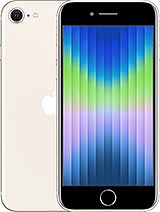
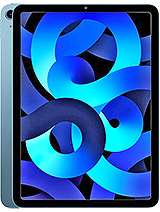
Apple iPhone 6s • Apple iPhone SE (2022) • Apple iPad Air (2022)
Apple might have popularized the fingerprint reader, however it could begin to transfer away from the concept in 2017 with the iPhone X, which dropped the reader in favor of Face ID – utilizing a structured mild sensor to get a 3D map of your face. Android makers toyed with comparable concepts, however the fingerprint reader continues to reign supreme on that facet of the OS divide.
The Android facet of the story had a clunky begin. Some early telephones just like the Motorola Atrix (2011) and the Galaxy S5 (2014) had primary readers that required you to swipe their finger throughout them. Apple’s capacitive answer was significantly better – simply contact the button.
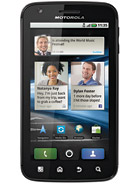

Motorola ATRIX • Samsung Galaxy S5
Ultimately, Androids would change over to the capacitive sort reader, putting them variously on the again or on facet (normally mixed with the ability button).
At MWC Shanghai 2017 vivo demonstrated a prototype telephone with a fingerprint reader that was beneath the show panel, what’s now generally known as an under-display reader. We bought an opportunity to check the machine ourselves – it wanted work, nevertheless it felt so futuristic.
vivo would quickly after launch the primary mass market telephone with an beneath show fingerprint reader – the vivo X20 UD – which was rapidly adopted by the X21 UD. There was a sudden explosion of telephones outfitted with UD readers that yr.
We additionally wish to spotlight the Huawei Mate RS Porsche Design from this technology. Not solely is that this Huawei’s first telephone with an UD reader, it truly had two fingerprint readers – one beneath the show and one on the again (it isn’t the one one, both). The extra, the merrier, proper?
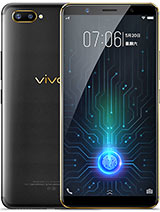


vivo X20 Plus UD • vivo X21 UD • Huawei Mate RS Porsche Design
Most fingerprints lately are both capacitive (those the place the reader is on the floor, e.g. rear or side-mounted) or optical (beneath show readers). However there’s one other variety.
In early 2019 Samsung launched the Galaxy S10 collection, which had been the primary to characteristic ultrasonic fingerprint readers. These had been touted as safer as they might “see” your finger in 3D reasonably than 2D (like optical readers), which made them that a lot more durable to idiot. They did run into some points, although, with some display screen protectors inflicting the learn course of to fail.
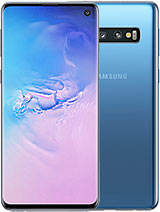
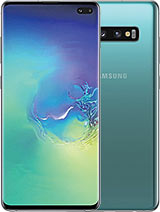

Samsung Galaxy S10 • Samsung Galaxy S10+ • Samsung Galaxy S10 5G
The second technology of Qualcomm 3D Sonic Sensor coated bigger space and was sooner. Even higher, it supported foldable telephones. This introduced us the vivo X Fold, which has beneath show readers each on its cowl show and on the foldable inside show.
 vivo Fold X with two ultrasonic under-display fingerprint readers
vivo Fold X with two ultrasonic under-display fingerprint readers
There hasn’t been a lot motion in fingerprint reader lately. They’ve grow to be prevalent, even on comparatively low-cost devices, however there have not been any main technological developments. Makers are attempting to make them sooner and larger in order that they’d be extra handy to make use of, however that is hardly revolutionary.
As early as 2018 the vivo APEX idea telephone had a fingerprint reader that spanned half its show – try our hands-on video to see it in motion. The additional dimension enabled a curious mode the place you would scan two fingers on the identical time, which provided further safety. One thing that grow to be a mass-market actuality with the vivo X80 Professional earlier this yr.

The vivo APEX idea telephone had a large fingerprint reader that coated virtually half of the show
From humble beginnings to a ubiquitous characteristic – fingerprint readers have had fairly a journey during the last two decades. Have they reached their closing kind, leaving solely minor enhancements to sit up for from now on? Or do you assume there’s nonetheless the likelihood of a revolutionary change just like the transfer beneath the show?